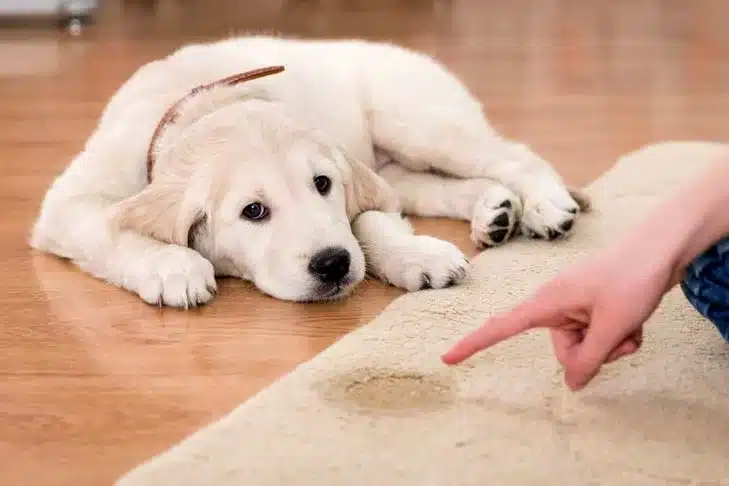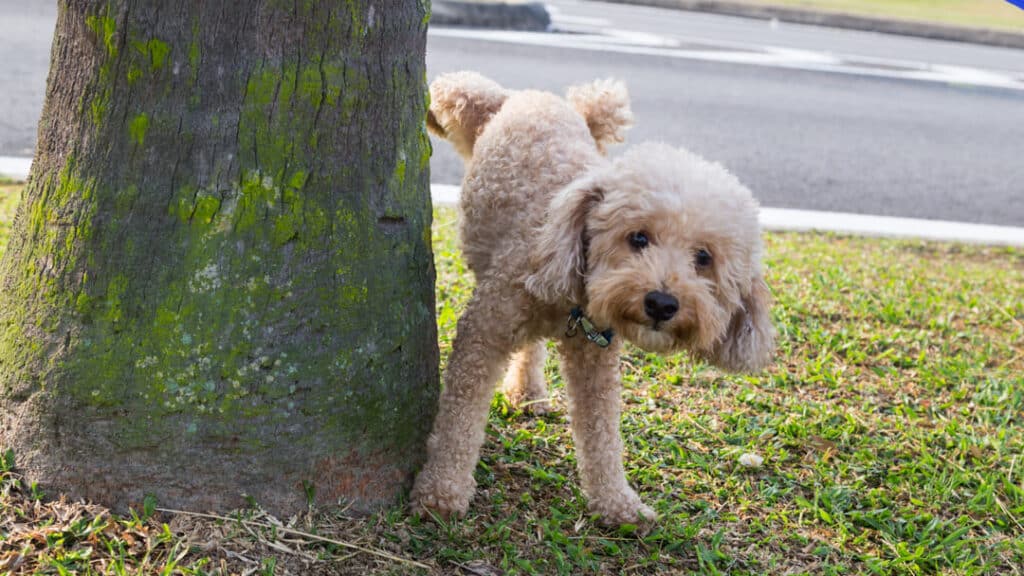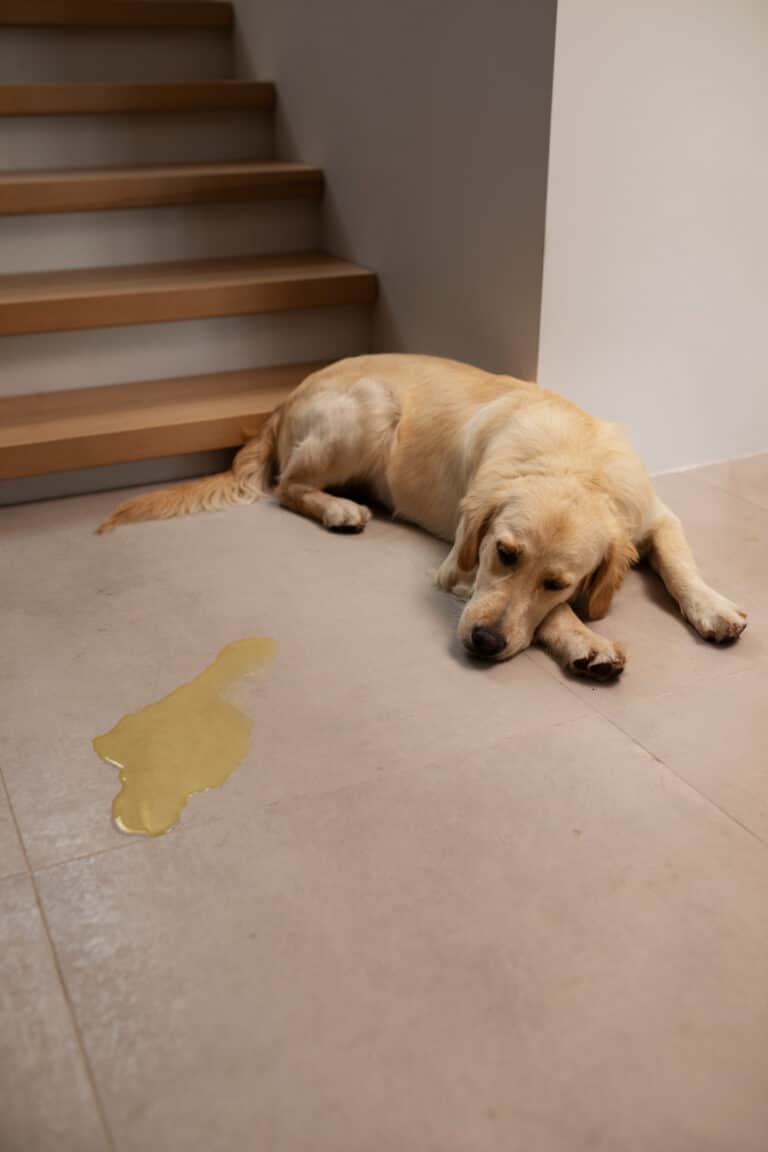One of the first issues many dog owners face is the lack of potty training in their pets. This means that when a dog needs to pee, it might do so right where it is or in a previously used spot in the house. This situation is undesirable, making potty training a crucial aspect of dog care. Potty training isn’t easy, but dogs are quick learners. Training should start at a young age, and once trained, a dog won’t soil unwanted areas unless sick or stressed. Patience and love are key to successfully potty training a dog. potty training for dogs
Potty Training Puppies
The ideal potty training begins at a young age. Training should start as soon as the puppy arrives home. The first step is to create a safe area. Dog houses and kennels can be used for this purpose. This area should be spacious enough for the dog to move freely and include its food and toys. This designated area helps prevent the puppy from soiling other parts of the house. If a puppy is allowed to roam freely initially, it might pee everywhere.
Using pee pads designed for dogs to cover the safe area is beneficial. The goal is to get the puppy to pee on these pads. However, solely relying on pee pads isn’t ideal, as the primary potty training should occur outside. Pee pads are used to prevent accidents in the house. Ensure the size of the pee pads is appropriate for your dog.

Be Patient!
Gradually reduce the number of pee pads covering the designated area daily. Leave some gaps in the covered area to train the dog not to pee in those spots. Over time, the area covered with pee pads should be minimized, allowing your dog to explore the house without accidents. The final remaining pee pad should be placed far from the dog’s food and water bowls. potty training for dogs
Potty Training Sprays
To prevent your dog from peeing in undesired areas, you can use potty training sprays. These sprays help guide the dog during potty training.
If your dog pees on furniture or surfaces during or after training, regular cleaning may not suffice. Even after cleaning, the smell can linger. Bio-enzyme sprays, which can dissolve urine crystals, are useful for this issue. Stain and odor removers can also be helpful in maintaining a fresh-smelling home.

Outdoor Potty Training
When your dog first goes outside, it might be scared and not pee. Bringing a pee pad used indoors can help. When your dog sees the pad, it will understand that it should pee outside and feel comfortable doing so. The familiar softness under its paws will also make the dog feel more at ease.
Teaching a Key Phrase
Using a key phrase for outdoor potty training is effective. Use the same phrase in a calm tone before every outdoor session. Phrases like “potty time,” “pee time,” “let’s go,” or “time to potty” work well. Taking your dog out at the same times every day is essential for good potty training. For example, puppies should be taken out every two hours initially. As the dog grows, extend the interval to match its age in months. These intervals align with the dog’s ability to hold its bladder. Over time, taking your dog out first thing in the morning and after dinner will suffice. Your dog will learn to expect these regular potty breaks.

